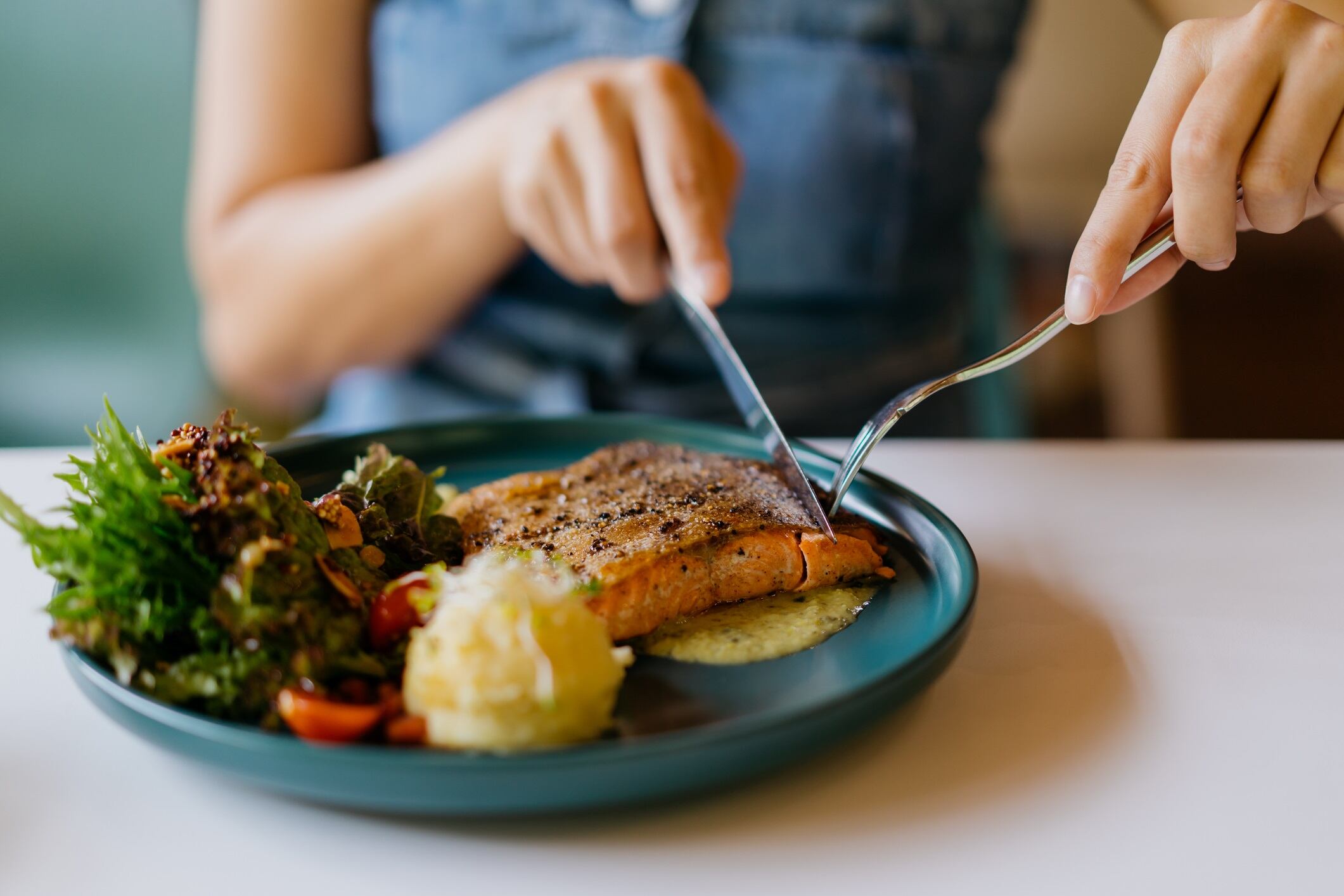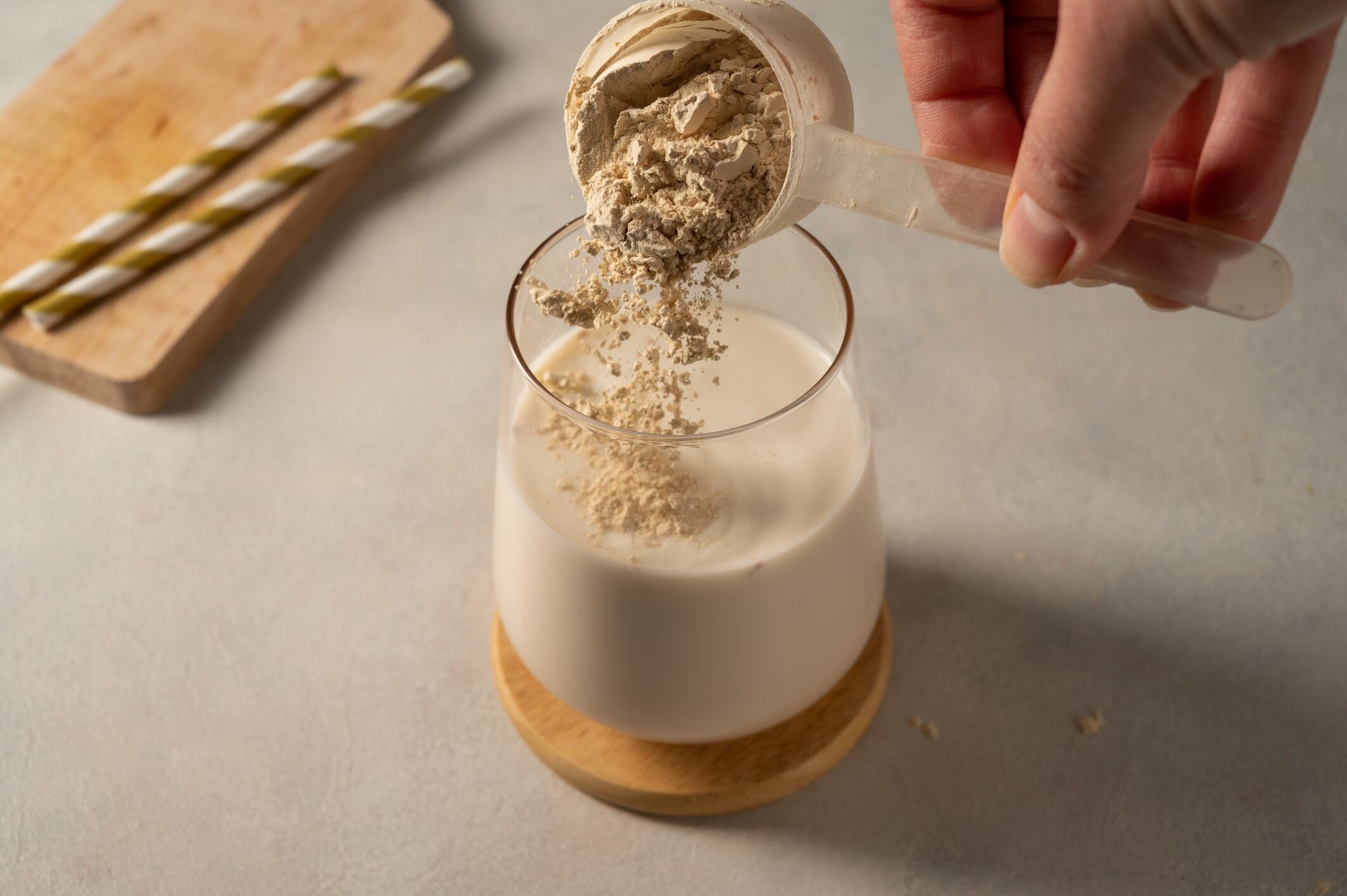There’s no doubt about it, high-protein eating and drinking is a megatrend. And it’s growing fast, with analysts projecting $50.2bn ($44.2bn) worth of growth in the high-protein product market between 2023 and 2028 alone (Technavio).
“Over the past decade, interest in high-protein food and drink has grown steadily,” says Alon Chen, CEO of Tastewise.
This growth has been heavily supported by social media, with protein mentions on Instagram, Facebook, TikTok and X increasing by over 10% year-on-year, now making up just over 2% of all food-related posts.
“While there have been a few ups and downs recently, the overall direction remains clear,” says Chen. “Consumer interest is rising, having shown a few noticeable spikes in early 2024 and 2025.”
And this isn’t just being reflected in supermarket sales, the service sector has also noticed a shift, leading to mentions of protein on menus jumping by 10% over the past year, with one in five restaurants now highlighting protein in their dishes.
“What once might have been considered a niche interest is now a mainstream trend,” says Chen.
The rise of protein-only diets, such as the carnivore diet, is also fuelling demand for protein-rich food and beverage products, and contributing to revenue in the meat market reaching $1.55tn, and in the fish and seafood market reaching $671.45bn (Statista).
But the big question is, can the food and beverage industry continue to meet demand, as consumer hunger for high-protein products continues to grow?
Can industry keep up with high-protein demand?
From high-protein chocolate bars and yoghurts to high-protein pastas and breads, high-protein foods and beverages are everywhere, with manufacturers launching new high-protein products on a seemingly-daily basis.
In the past week, Nomadic has launched its high-protein ‘Power Oats’ range, and THIS has launched its new high-protein ‘THIS is Super Superfood’ range. And they’re doing all this because it’s what their customers want.
“For brands and manufacturers, protein isn’t just a buzzword,” says Chen. “It’s a key to staying relevant to their buyers.”
This means the high-protein product launches will keep on coming as the trend shows no signs of abating.
However, Chen sees challenges ahead as the industry fights to keep up with demand.
“The challenge going forward will be maintaining quality and variety,” he says.
Moreover, offering options that are both affordable and aligned with evolving consumer values, such as sustainability and clean label, will become increasingly complex.

What types of protein do consumers want?
According to Tastewise, consumers are leaning into protein sources that feel familiar, comforting, and easy to prepare. These include rice-based dishes, soups, tacos, steak, and broths.
Fish-based proteins are also seen to be rising in popularity, with varieties like tilefish, swordfish, and kingfish quickly gaining traction. While familiar favourites like salmon continue to sell well. Familiar meats like pork and chicken are also still widely used.
Conversely, interest in once highly popular foods such as high-protein smoothie bowls, waffles, and protein bars is beginning to fade.
“People seem to be moving away from sweet, snack-style formats and towards more savory, satisfying meals,” says Chen.
Similarly, protein powders are starting to lose consumer interest, with Tastewise noting a shift in interest towards fresh, less-processed, and more sustainable protein choices.

The future of high-protein
Protein has become a crucial part of how people eat and think about food. It’s tied to health goals, weight management, women’s wellness, and functional nutrition.
As consumers continue to look for foods and beverages that work for their lifestyle, demand for high-protein options will continue to grow, especially as new needs and ingredients emerge.
Increasing interest in seed oil-free fried foods and proteins blended with creatine, choline, and healthy fats show that protein’s role in the food and beverage industry continues to evolve and expand.


